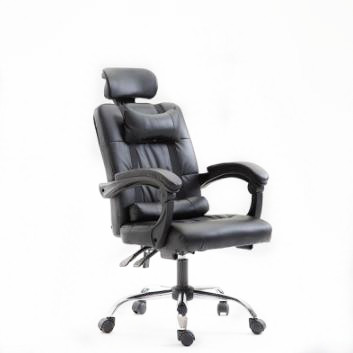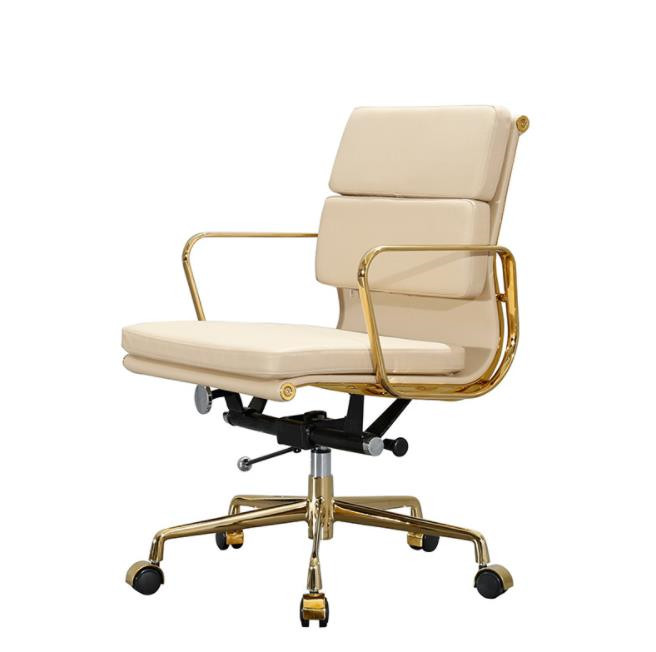In agile work environments, office chairs play a crucial role in supporting productivity, collaboration, and employee well-being. Agile work environments are characterized by flexibility, adaptability, and a focus on teamwork and innovation. Here’s how office chairs contribute to the success of agile work environments:
- Comfort and Ergonomics: Agile work involves extended periods of collaboration and creative problem-solving. Comfortable and ergonomically designed office chairs promote better posture, reduce the risk of musculoskeletal issues, and help employees stay focused and engaged during extended work sessions.
- Versatility and Mobility: Agile workspaces often have flexible layouts and encourage movement and collaboration. Office chairs with swivel bases and casters allow employees to move easily between different workstations, collaborative areas, and meeting spaces.
- Quick Adaptability: In agile environments, teams frequently reconfigure their workspace to accommodate different projects and team dynamics. Lightweight and easily adjustable office chairs facilitate quick and seamless rearrangement of the workspace as needed.
- Collaboration and Communication: Office chairs that facilitate face-to-face interaction and comfortable discussions contribute to a more collaborative work environment. Chairs with movable armrests or those that can be pushed under tables enable closer and more direct communication during group discussions.
- Individual and Team Productivity: Comfortable and supportive office chairs can enhance individual focus and productivity. Additionally, when teams are engaged in collaborative activities, ergonomic seating ensures that employees can contribute effectively without being distracted by discomfort or pain.
- Agile Workstations and Hot Desking: In agile environments, employees often share workstations or practice hot desking (where employees use any available desk space). Office chairs that can be easily adjusted to fit different users’ preferences and body types accommodate this flexible work approach.
- Dynamic Seating Options: Agile environments may include various seating options such as standing desks, standing stools, or alternative seating like balance balls or kneeling chairs. This variety allows employees to choose the seating that best suits their preferences and work tasks.
- Promoting Well-Being and Health: Office chairs designed with ergonomic principles contribute to the overall health and well-being of employees. Comfortable seating reduces physical strain, encourages movement, and supports overall employee health.
- Boosting Creativity and Innovation: Comfortable and flexible office chairs can positively impact the work atmosphere, promoting a sense of well-being and creativity, which is essential in agile environments where innovation and problem-solving are encouraged.
In summary, office chairs in agile work environments need to be adaptable, ergonomic, and supportive to meet the ever-changing needs of employees and promote a collaborative and productive atmosphere. They play a vital role in creating a workspace that fosters creativity, communication, and teamwork, while also prioritizing employee comfort and well-being.







